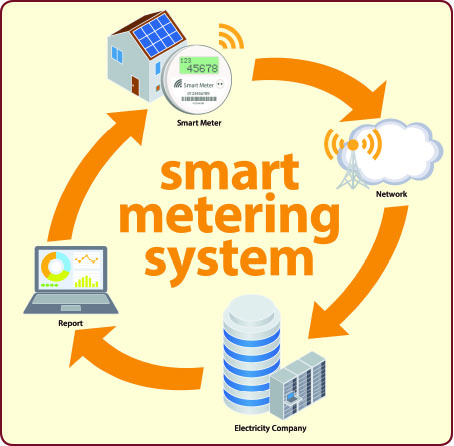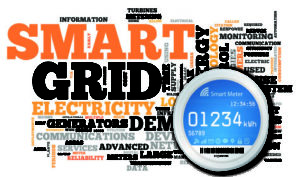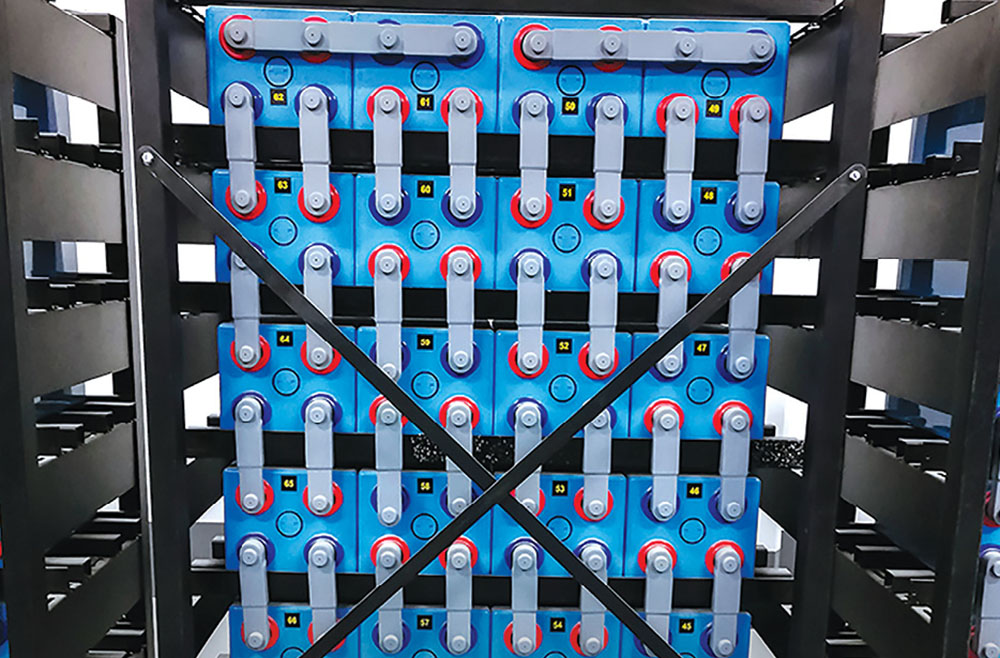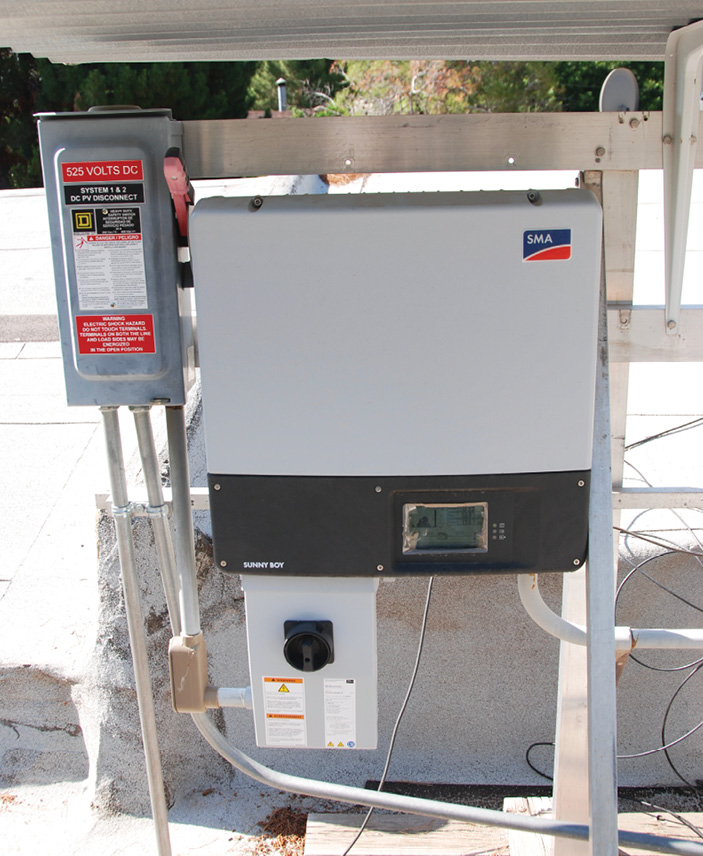The electrical grid as we know it hasn’t changed much in the last 100 years, but we have changed as a society and so has the technology we use. According to SmartGrid.gov, today’s national grid has “more than 9,200 electric generating units with more than one million megawatts of generating capacity connected to more than 300,000 miles of transmission lines.”
This sounds like a lot of power being generated, but when you consider the rollout of the Internet of Things and how almost every device and appliance will be smart by being connected to the Internet, you can imagine the amount of electricity that will be needed to power all these contraptions. Enter the smart grid.
Technopedia defines the smart grid as “an electricity network based on digital technology that is used to supply electricity to consumers via two-way digital communication. This system allows for monitoring, analysis, control, and communication within the supply chain to help improve efficiency, reduce energy consumption and cost, and maximize the transparency and reliability of the energy supply chain. The smart grid was introduced with the aim of overcoming the weaknesses of conventional electrical grids by using smart net meters.”
Benefits associated with
the smart grid include:
More efficient transmission of electricity.
Quicker restoration of electricity after
power disturbances.
Reduced operations and management
costs for utilities, and ultimately lower
power costs for consumers.
Reduced peak demand, which will also
help lower electricity rates.
Increased integration of large-scale
renewable energy systems.
Better integration of customer-owned
power generation systems, including
renewable energy systems.
Improved security.
—SmartGrid.gov
“The smart grid represents an unprecedented opportunity to move the energy industry into a new era of reliability, availability, and efficiency that will contribute to our economic and environmental health,” states SmartGrid.gov.
One fascinating aspect described on the SmartGrid.gov website is how “the smart grid will take greater advantage of customer-owned power generators to produce power when it is not available from utilities.”
Islanding away, however, is a way consumers who invest in their own generating equipment can guarantee they will have their power.
“When a consumer islands away, they are no longer attached to the grid. Their breaker actually separates them from the grid,” said Go Electric CEO Lisa Laughner. “That means that their power cannot be taken by the grid because the grid isn’t attached. People who invest in their own generating hardware that can island away from the grid are able to use their power.”
Smart grids going rural
In September 2018, the United States Department of Agriculture (USDA) announced it is making available $398.5 million in loans to improve rural electric service in 13 states. The states benefiting from the program are Arkansas, Colorado, Indiana, Iowa, Minnesota, Missouri, New Mexico, North Carolina, Ohio, Oklahoma, South Carolina, Texas, and Virginia.
In Virginia, Southside Electric Cooperative will use $269,536 for smart grid projects. Indiana will see more than $5.1 million spent for smart grid projects through Marshall County REMC, while Colorado’s San Miguel Power Association will use $571,654 for smart grid projects.
“Reliable and affordable electricity is undeniably a necessity in today’s world,” said Assistant to the Secretary for Rural Development Anne Hazlett in a press release. “[The] USDA is committed to being a strong partner in keeping our rural communities connected to this essential infrastructure.”
According to the USDA press release, the investments are geared toward increasing electrical system efficiencies by providing nearly $43.7 million for smart grid technology. “Smart grids include computer applications, two-way machine-to-machine communications, geospatial information systems, and other tools to increase the reliability and efficiency of electric power systems.”
The USDA is also making the loans to rural cooperatives and utilities to “promote rural economic development by centering around three principles: infrastructure, partnerships, and innovation.” According to the press release, “Investing in electric infrastructure has increased productivity and improved the quality of life in rural areas for nearly 80 years.”
The smart grid’s time has come
Smart grids aren’t an entirely new concept. Around 2011, the first Nest thermostat was being marketed. In that same year, the American Chemical Society reported that “Momentum is building for a new energy smart grid that would overhaul [America’s] 100-year-old electrical power network. The impact would be huge—from installation of a new web of electrical transmission lines to smart meters to control home appliances. The meters would offer consumers discounted rates if they use electricity at off-peak hours.”
Many innovations were being rolled out in 2011, including “installation of home energy management systems that enable appliances to directly communicate with the grid about energy needs through the smart meter,” reported Phys.org. “GE rolled out what it described as the first complete home management system, linking hot water heaters, refrigerators, thermostats, and other appliances through a home computer and wireless connection to the smart meter and grid. The system will give consumers the opportunity to control energy use and use electricity when it is cheap and plentiful, and helping electric utility companies make better use of current power generating capacity and avoid building new power plants.”
While these things are commonplace today, the need for electric companies to encourage energy savings still exists. One of the most popular tools for achieving this is the smart thermostat. Navigant Research reported in 2018 that smart thermostats are leading the pack of smart home technologies by generating $1.3 billion in global sales in 2017.
“Just how much consumers can save by installing smart thermostats—which generally range in price from $150 to $250—depends on a variety of factors, but Nest, one of the most popular smart thermostat companies, estimates users can save $131 to $145 on their energy bills per year,” Phys.org reported.
“Customers can save more if their local utility offers rebates or discounts for allowing the utility to occasionally turn their thermostats up or down, as long as consumers are willing.”
The Smart Electric Power Alliance estimated that, in 2018, around 1.4 million customers across the United States were enrolled in these programs, and more than 40 energy companies adjusted customers’ temperatures about 8 times per year.
Love the technology or hate it, it looks like the smart grid will transform how we live and use electricity. Some things the electrical professional has to look for during this time of change are new opportunities for innovation and career advancement.
















Find Us on Socials